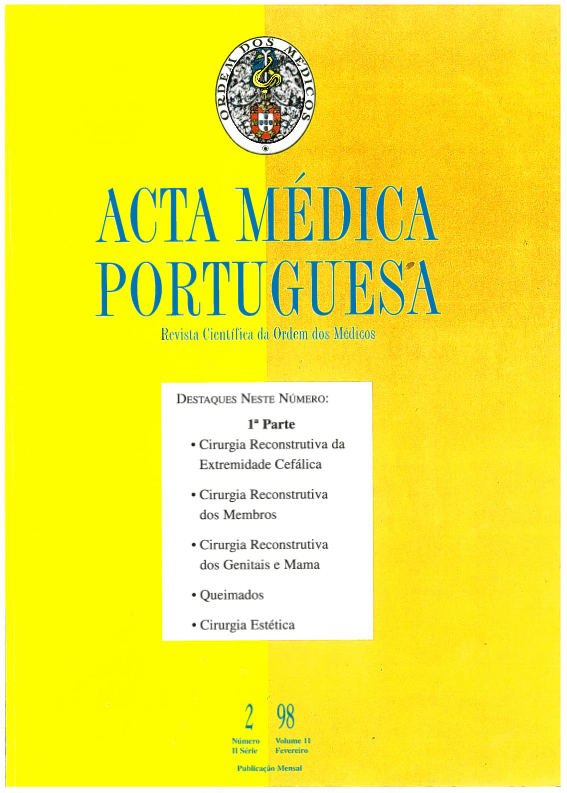Traumatic lesions of the brachial plexus.
DOI:
https://doi.org/10.20344/amp.2217Abstract
The diagnosis and treatment of brachial plexus lesions have developed remarkably in recent decades. The knowledge of anatomy and histology, the physiology of lesions, and the definition of ideal conditions for nervous regeneration created the basic support, which caused the use of microsurgery to improve the surgical results of these lesions. On the other hand, patients used to be seen by specialists from different fields, no one saw the need to join efforts in order to achieve a multidisciplinary approach. These lesions essentially affect young males who belong to a social and professional environment in which motorcycles are usually used as their main means of transport. The correct diagnosis of this histology is based on a clinical analysis of each case, which requires separate evaluations in some instances. Only thus is it possible to establish a therapeutic plan in which physiotherapy plays a permanent and vital role. Complementary studies always included electromyography, which seems to be a useful guide to the progression of the lesions. For operated cases, cervical myelography, ultrasonography and magnetic resonance seem to be a useful aid to characterise the lesions and define the prognosis. The therapeutic decisions must be early and convenient. We found all types of nervous lesions and performed various types of surgery with microsurgery techniques, mostly using nerve grafts. In the case of infra-ganglion lesions. nerve grafts were used to neurotize peripheral nerves from proximal stumps. In case of supra-ganglionic complete lesions, we used the accessory spinal nerve, the motor branches of the cervical plexus and the intercostal nerves. In relation to peripheral neurolization, we tried to establish a certain order, beginning with reinnervation of muscles responsible for proximal function.Downloads
Downloads
How to Cite
Issue
Section
License
All the articles published in the AMP are open access and comply with the requirements of funding agencies or academic institutions. The AMP is governed by the terms of the Creative Commons ‘Attribution – Non-Commercial Use - (CC-BY-NC)’ license, regarding the use by third parties.
It is the author’s responsibility to obtain approval for the reproduction of figures, tables, etc. from other publications.
Upon acceptance of an article for publication, the authors will be asked to complete the ICMJE “Copyright Liability and Copyright Sharing Statement “(http://www.actamedicaportuguesa.com/info/AMP-NormasPublicacao.pdf) and the “Declaration of Potential Conflicts of Interest” (http:// www.icmje.org/conflicts-of-interest). An e-mail will be sent to the corresponding author to acknowledge receipt of the manuscript.
After publication, the authors are authorised to make their articles available in repositories of their institutions of origin, as long as they always mention where they were published and according to the Creative Commons license.









